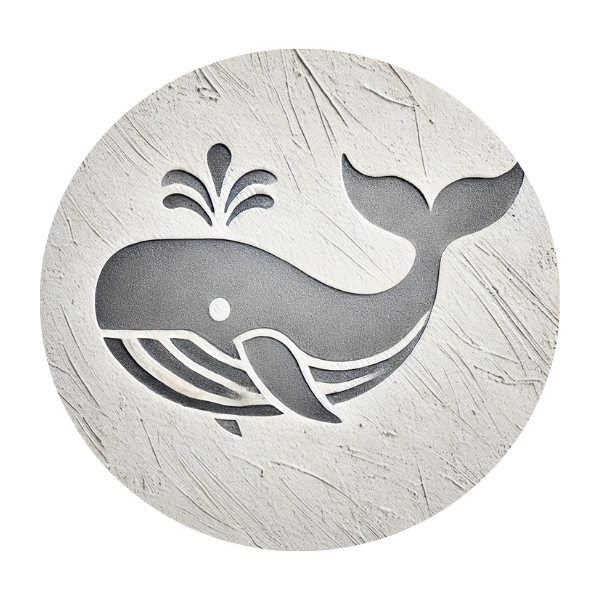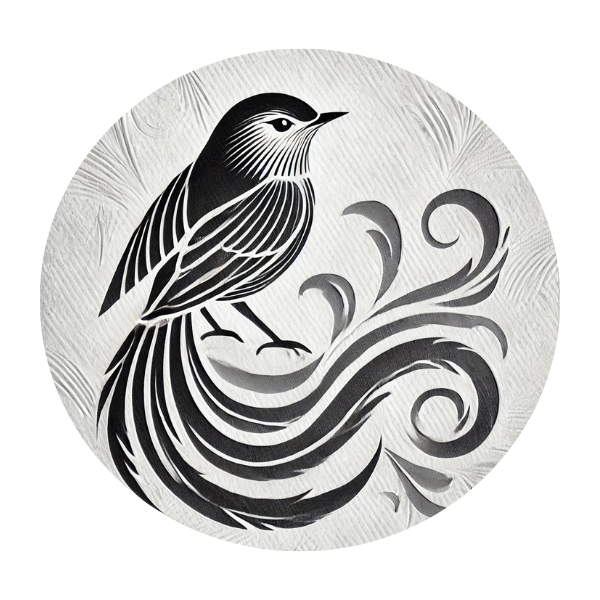SADNESS
I honor my sadness, allowing it to guide me toward healing and renewal.
WHAT IS SADNESS?
An emotional state characterized by feelings of sorrow, unhappiness, or grief, often in response to loss or disappointment.
Synonyms: Unhappiness, Melancholy.
Antonym: Happiness
“Sadness flies away on the wings of time.”
Jean de La Fontaine
HOW TO RECOGNIZE SADNESS
IN OTHERS
AND ONESELF
HOW TO RECOGNIZE
IN OTHERS
Body Language
Slouched posture, slow movements,
minimal gestures
Facial Expressions
Downturned mouth, drooping eyelids,
tears or watery eyes
HOW TO RECOGNIZE
IN ONESELF
In the Body
Heavy feeling in the chest or
throat, low energy
In the Mind
Reflective or sorrowful thoughts,
focus on loss or hurt
HOW TO RECOGNIZE SADNESS
IN OTHERS
AND ONESELF
HOW TO RECOGNIZE
IN OTHERS
HOW TO RECOGNIZE
IN ONESELF
Body Language
Slouched posture, slow movements,
minimal gestures
In the Body
Heavy feeling in the chest or
throat, low energy
Facial Expressions
Downturned mouth, drooping eyelids,
tears or watery eyes
In the Mind
Reflective or sorrowful thoughts,
focus on loss or hurt
How can I allow myself to process sadness in a
healthy and compassionate way?
TIPS AND TRICKS ON HOW TO DEAL WITH THIS
EMOTION

Practice Child’s Pose (Balasana) to create a safe, nurturing space for yourself to process sadness.
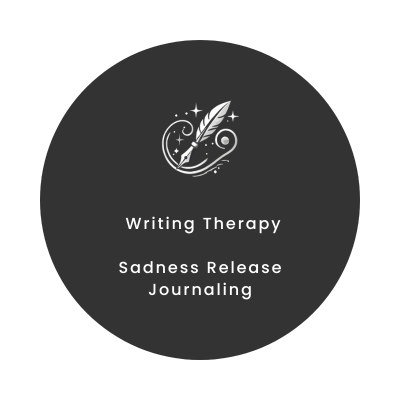
Write freely about your sadness, allowing the emotions to flow without judgment or restriction.
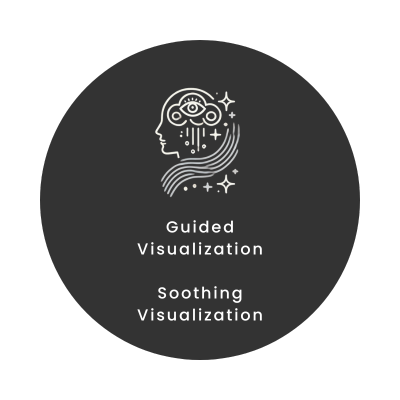
Imagine being wrapped in a warm blanket or held by someone you trust, offering yourself comfort.
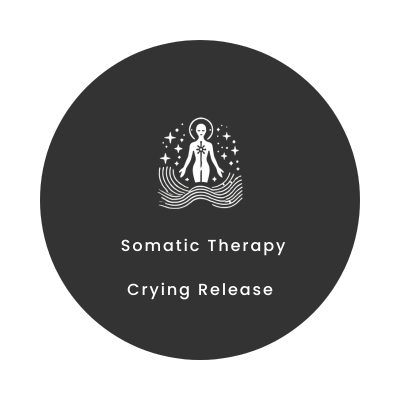
Allow yourself to cry freely, recognizing it as a natural and healing response to sadness.
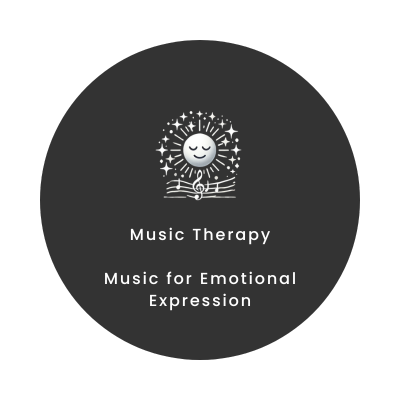
Listen to music that matches your mood, letting it guide you through processing your sadness.
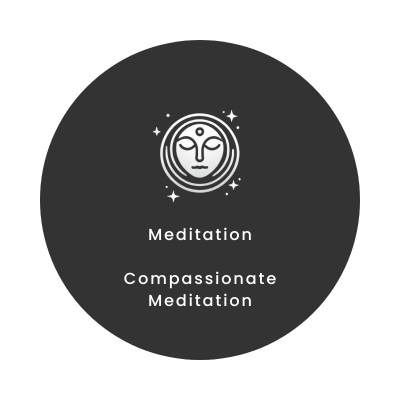
Focus on sending kindness to yourself, acknowledging your sadness without judgment and offering self-compassion.
CURIOUS FACTS ABOUT SADNESS
ANIMALS ASSOCIATED WITH SADNESS
Different animals are associated with different emotions in different cultures. Flip the coins to found out more:

